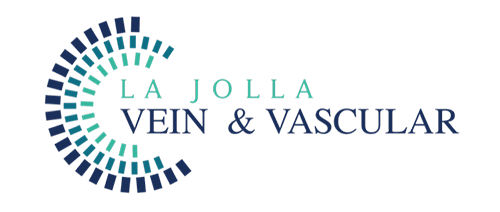La Jolla Vein & Vascular Arterial Exams and Vascular Lab
LJVascular2024-10-25T05:26:08-07:00La Jolla Vein & Vascular Arterial Exams and Vascular Lab


When it comes to vascular […]


When it comes to vascular […]
Pioneering Vascular Well-being: Unveiling Laser Ablation for Enhanced Health
Diving into the world of modern vascular treatments, VenaCure emerges as a groundbreaking solution for individuals combating backward blood flow, commonly known as “reflux,” within their saphenous veins. This innovative procedure, also recognized as Endovenous Laser Ablation (EVLA) or Endovenous Laser Ablation […]
Revolutionizing Vascular Health with ClosureFast™ Endovenous Radiofrequency Ablation (RFA)
In the realm of minimally invasive procedures for tackling venous reflux, innovative solutions such as ClosureFast™ are reshaping treatment approaches. This article delves into the intricacies of ClosureFast™, an endovenous […]
Pathways to wellness: Navigating Peripheral Arterial Disease for a healthier life
Understanding and Managing Peripheral Artery Disease (PAD): A Comprehensive Guide
Peripheral Artery Disease (PAD) is a prevalent condition that affects a significant portion of adults over the age of 50. While most people with PAD do not require a vascular procedure, understanding […]
Noninvasive Vascular Laboratory
The Vascular Laboratory at La Jolla Vein & Vascular utilizes advanced, noninvasive, diagnostic, medical ultrasound technology while ensuring high quality results to detect diseases that may affect blood flow in the arteries and veins. We utilize “state-of-the-art” color duplex ultrasound imagers and indirect testing equipment.
The Vascular Lab […]
In most cases, varicoceles treatment is not necessary. Most men with varicoceles do not experience fertility issues. However, if the condition is causing pain, testicular atrophy, or infertility, you can benefit from varicoceles treatment. The treatment helps in sealing off the affected vein and redirecting the blood flow into normal veins. In case […]
A varicocele is a term used to describe abnormal enlargement of the veins within the scrotum. The veins carry blood from the various body organs back to the heart. Typically, veins have valves that prevent blood backflow. When the valves in the veins within the scrotum don’t work as they should, blood tends […]
Peripheral artery disease is a subset of vascular disease,also referred to as peripheral arterial disease (PAD), which develops when excessive plaque buildup on the artery walls causes narrowing of the arteries. The arteries deliver oxygen-rich blood from the heart to other parts of the body. When plaque builds up, […]
Noninvasive Vascular Laboratory
The Vascular Laboratory at La Jolla Vein & Vascular utilizes advanced, noninvasive, diagnostic, medical ultrasound technology while ensuring high quality results to detect diseases that may affect blood flow in the arteries and veins. We utilize “state-of-the-art” color duplex ultrasound imagers and indirect testing equipment.
The Vascular Lab […]
In most cases, varicoceles treatment is not necessary. Most men with varicoceles do not experience fertility issues. However, if the condition is causing pain, testicular atrophy, or infertility, you can benefit from varicoceles treatment. The treatment helps in sealing off the affected vein and redirecting the blood flow into normal veins. In case […]

CONTACT INFORMATION
La Jolla/UTC
9850 Genesee Ave, Suite 410, La Jolla, CA 92037
Vista
906 Sycamore Ave, Suite 100, Vista, CA 92081
Use the search features below to find articles and insights for the diagnosis and treatment of vascular disease
CONTACT INFORMATION
9850 Genesee Ave, Suite 410, La Jolla, CA 92037
906 Sycamore Ave, Suite 100, Vista, CA 92081
Use the search features below to find articles and insights for the diagnosis and treatment of vascular disease